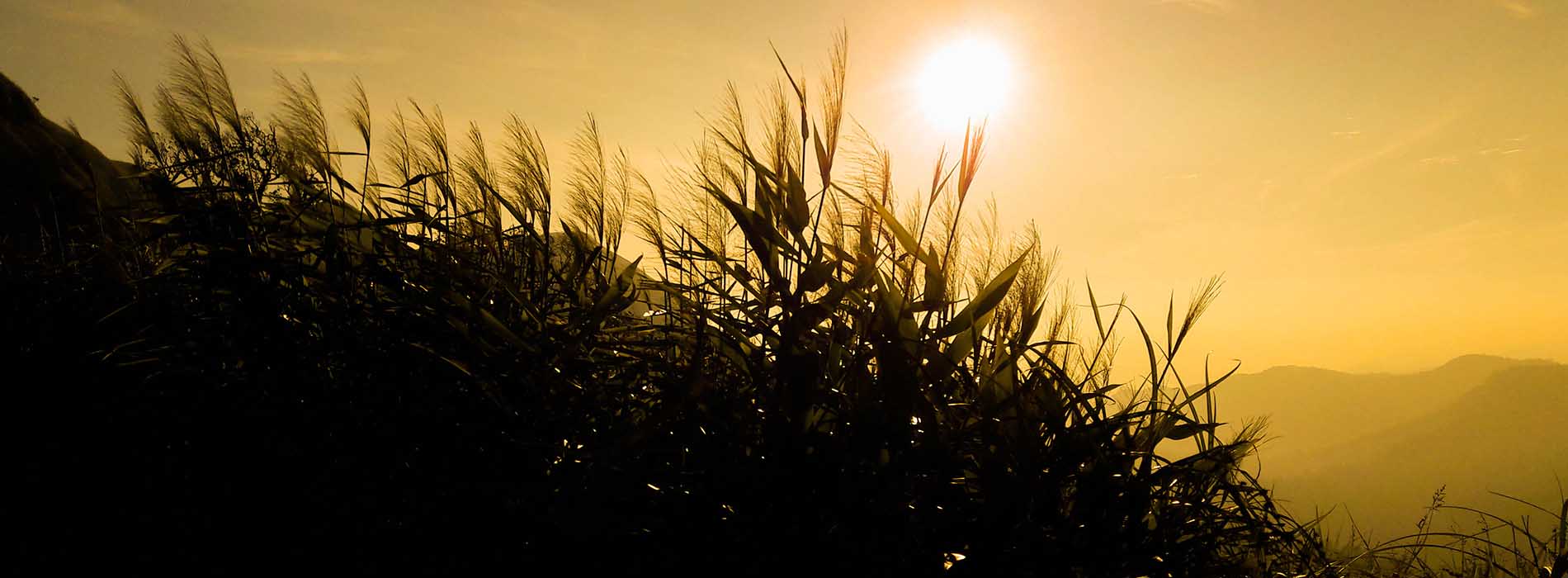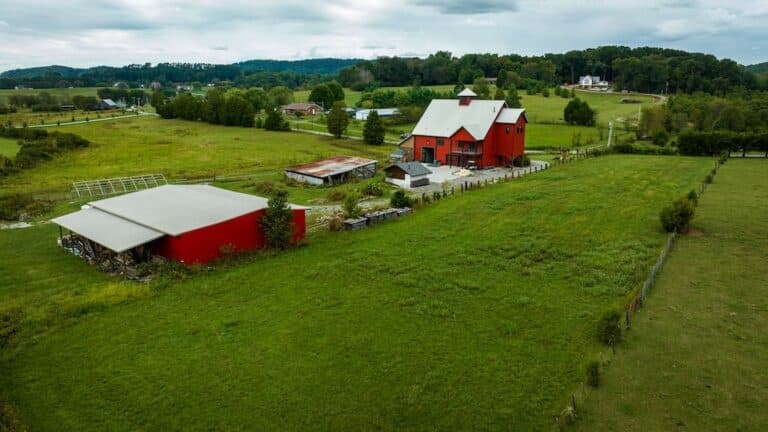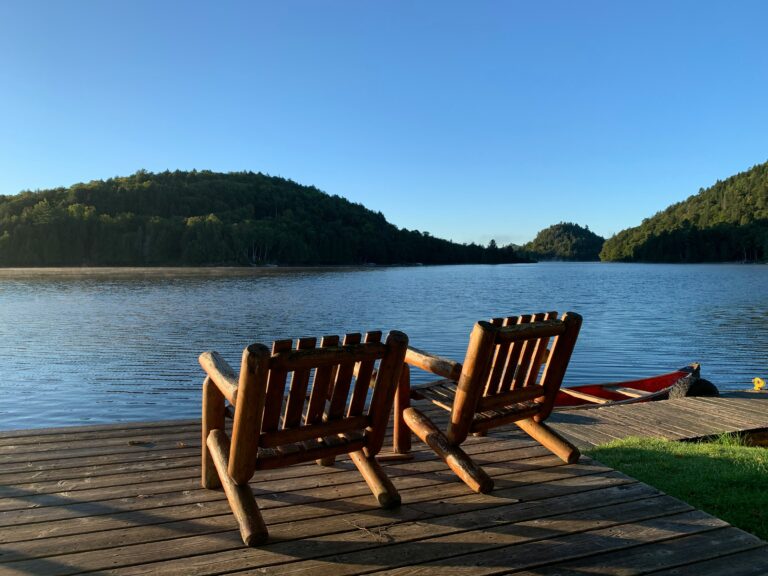August 21, 2017, will bring the remarkable sight of a complete solar eclipse traversing the United States from Oregon to South Carolina. The first total solar eclipse to hit the continental U.S. since 1979, the rare celestial event will blaze its path across ten states in just 94 minutes. The last time such totality occurred from coast to coast was on June 8, 1918. Needless to say, millions of people across the country will be jockeying for a view of the moon blocking out the sun in its entirety.
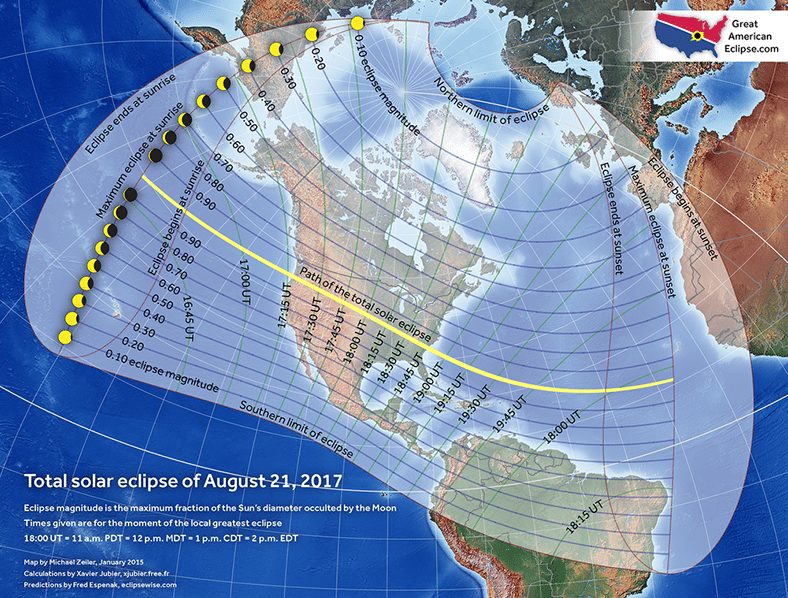
The website GreatAmericanEclipse.com is packed with information about the totality’s path and details about when and where to catch the show (not to mention, advice for safe solar-eclipse watching). Below are some of the highlights for each state, where eclipse viewers should be able to witness a total sun shutout for anywhere between one to two minutes depending on location and weather conditions on the day.
Of course, more popular and accessible locales like Charleston and Nashville will be packed out with eager eclipse-seekers, although this will also amp up the festivities with local municipalities and tourism boards putting on special solar-eclipse events and entertainment. Indeed, the town of Hopkinsville, Kentucky, has already laid claim to the title of “home of the point of greatest eclipse” and the catchy-sounding website, Eclipseville.com.
Where to view the solar eclipse in Oregon
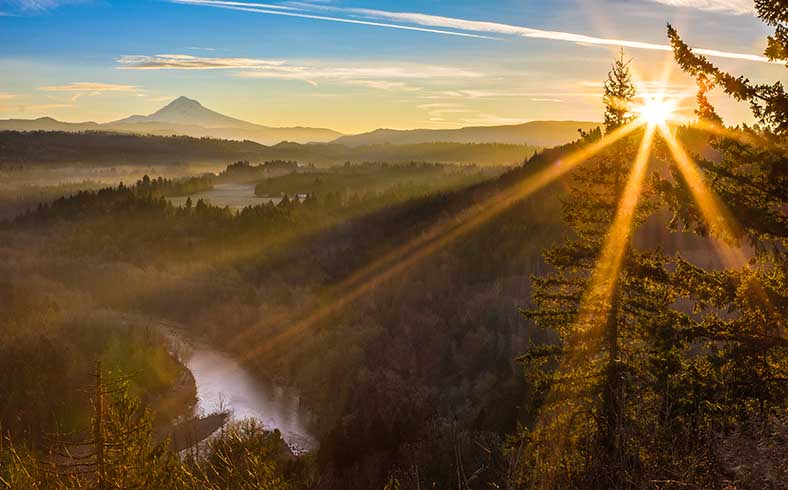
The solar eclipse will make “landfall” in Oregon between Lincoln City and Newport at 10:15 a.m. PDT on August 21, 2017. Michael Zeiler and Polly White, the gurus behind GreatAmericanEclipse.com, advise that weather conditions in the inland areas of the state will offer the best viewing conditions. The farming communities of Madras and John Day both sit in the path of the eclipse’s totality. Madras is even putting on a SolarFest between August 17-22 that includes its very own Solartown, where eclipse-goers can camp out during the festival.
Where to view the solar eclipse in Idaho
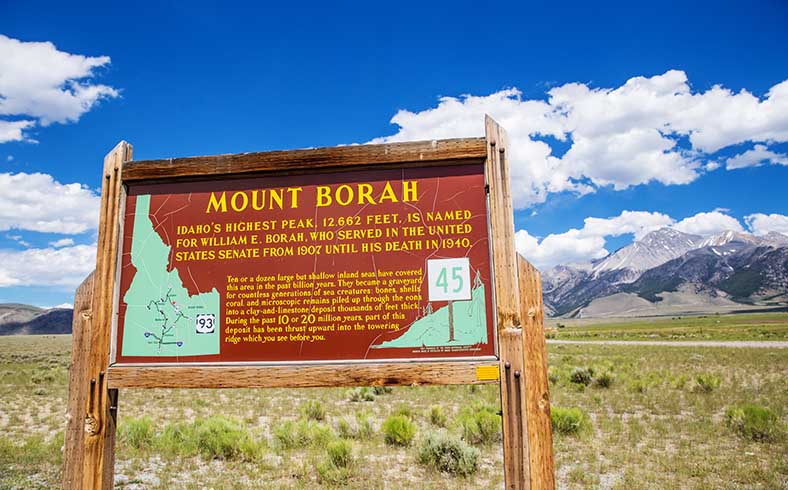
Passing into the Potato State north of Boise, Idaho should offer ideal eclipse-watching conditions given the relative lack of people and accessibility via state roads and highways to the totality’s main route through the state. The resort town of Sun Valley sits almost smack-dab in the path of the totality, while the state’s highest peak, 12,662-foot Borah Peak, will experience over two minutes in the shadow of the day’s eclipse. NASA predicts the eclipse will pass through Idaho between 11:25 to 11:35 local time.
Where to view the solar eclipse in Wyoming
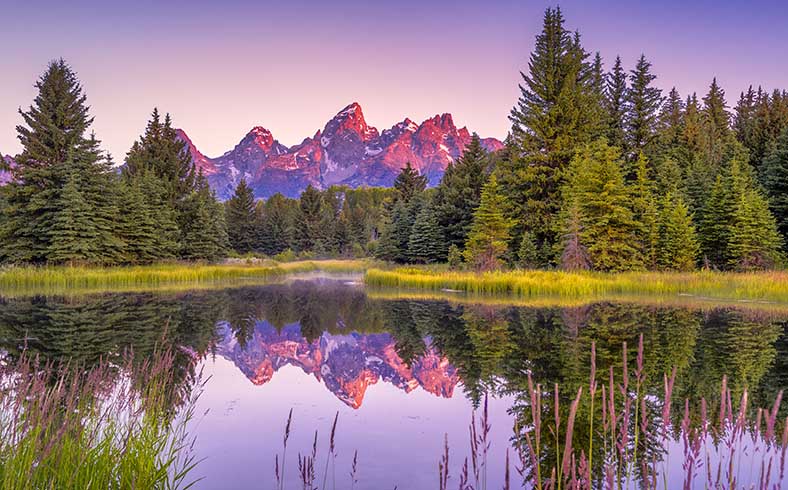
A bonus for the Wyoming tourist industry at the tail-end of the summer travel season, the mountain resort of Jackson will be among the state’s first places to experience the eclipse. And with the Grand Tetons as its backdrop, it will no doubt be a photogenic (if, undoubtedly, crowded) location. Further east toward the more sparsely populated center of the state, intrepid eclipse watchers will find slimmer crowds and wide-open backcountry in places like the Wind River Range. The eclipse is predicted to cross the center of the state at around 11:42 MDT.
Where to view the solar eclipse in Nebraska
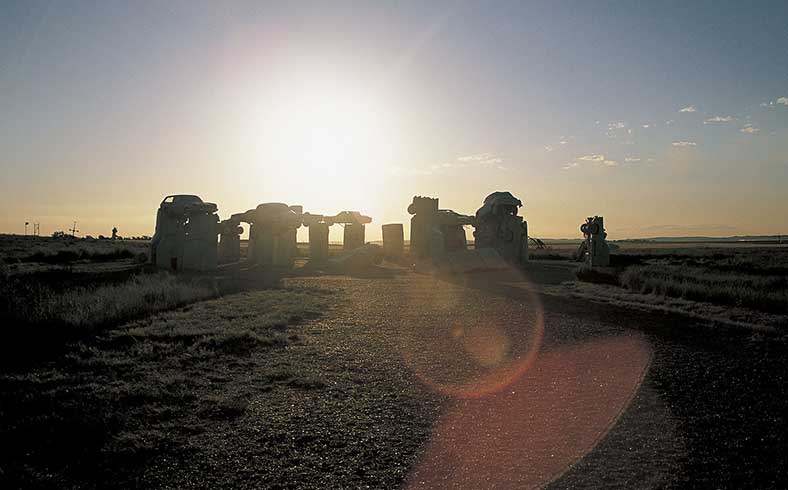
The 2017 eclipse will take a diagonal path across Nebraska starting at around 11:48 MDT before exiting in Kansas and a new time zone less than 20 minutes later. Flat and largely treeless, the Cornhusker State should offer ideal viewing conditions, weather-permitting. GreatAmericanEclipse.com’s Michael Zeiler recommends that solar-eclipse chasers focus on the I-80 corridor between North Platte and Lincoln for maximum mobility on the day, as well as Highway 385 near Alliance in the western part of the state for “uncrowded roads, proximity to maximum eclipse duration and favored weather odds.”
Where to view the solar eclipse in Kansas
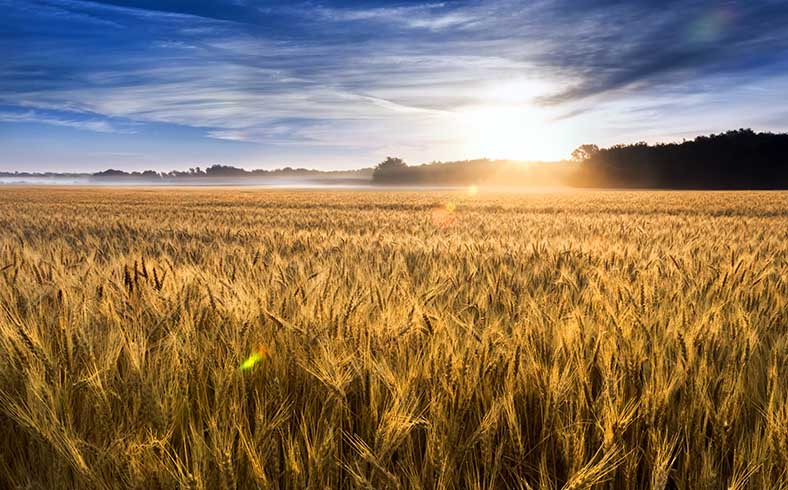
Kansas has a brief seven-minute flirtation with the 2017 solar eclipse as the totality skims the top northeastern corner of the state between Hiawatha and St. Joseph on the Kansas-Missouri line. Residents of Kansas City should be able to enjoy some of the eclipse, although the totality’s duration will linger longer in towns like Leavenworth and Atchison.
Where to view the solar eclipse in Missouri

Starting its journey through the Show Me State at around 1:06 p.m. local time and exiting just past 1:20 p.m., the 2017 solar eclipse starts to approach the larger population centers of the Midwest and Southeast. Michael Zeiler predicts that some 31 million Americans live within range of the totality’s Missouri centerline in big urban areas like Kansas City and St. Louis on either side of the state. Eclipse durations are predicted to be up to two-and-a-half minutes in towns including Columbia and Cape Girardeau.
Where to view the solar eclipse in Illinois
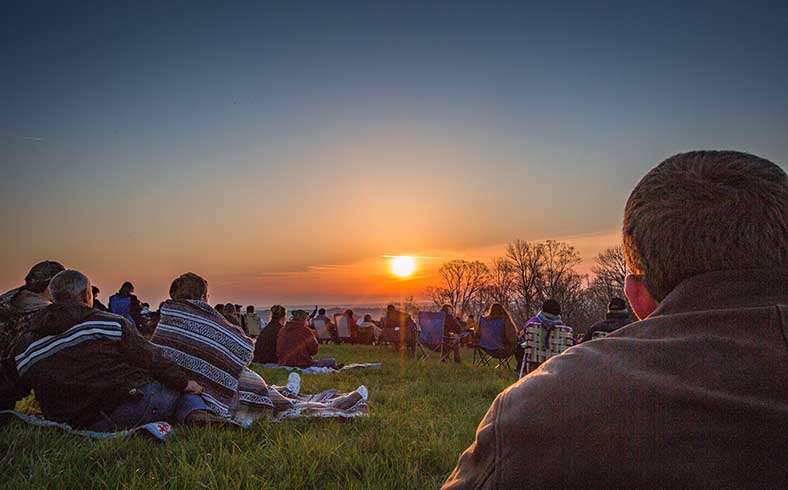
Like Kansas, Illinois’ afternoon without sunlight will be short and sweet, with only a few cities in the very southern tip of the state in the totality’s path for just over five minutes. Carbondale and surrounding cities in Jackson County will be near the point of greatest duration lasting two minutes and 41 seconds.
Where to view the solar eclipse in Kentucky
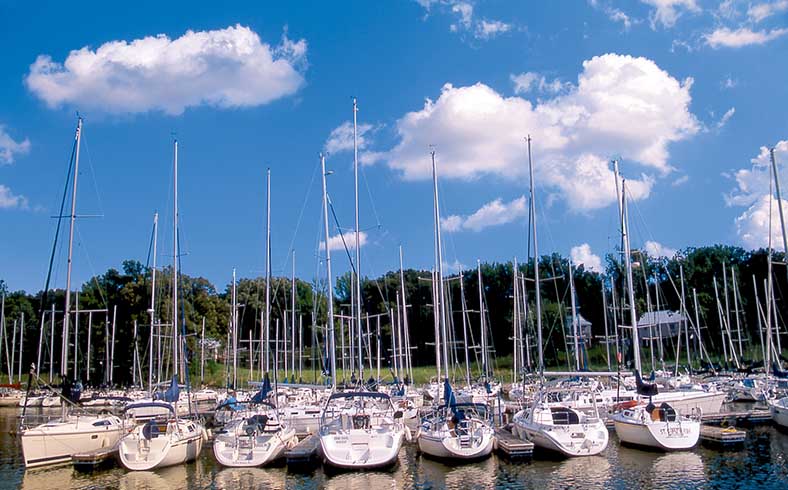
Southwestern Kentucky is where the United States will glimpse peak duration, hence Hopkinsville’s transformation into EclipseVille for the event. Leaving no eclipse marketing stone unturned, events on the ground to herald the celestial show include a Kentucky bourbon fest, eclipse-themed comic-con and—coincidentally unrelated—Kelly Little Green Men Days Festival, an annual event formed to commemorate a purported alien landing in nearby Kelly, Kentucky, on August 21, 1955.
Where to view the solar eclipse in Tennessee
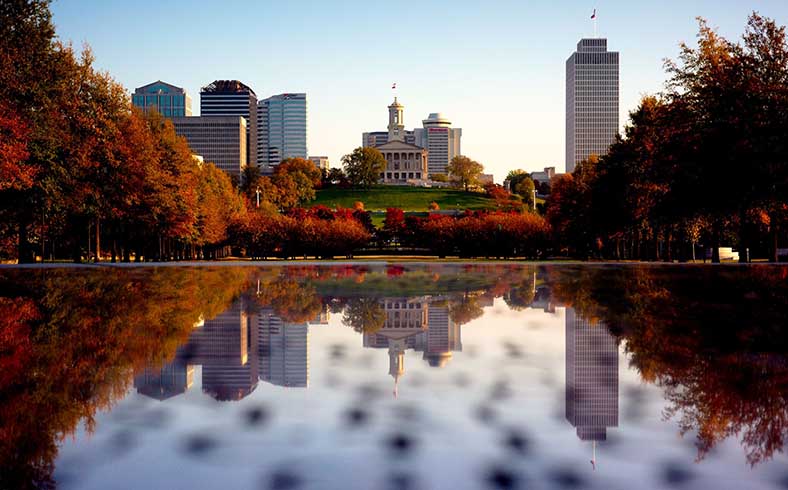
GreatAmericanEclipse.com’s Michael Zeiler reports that Nashville, Tennessee, is the largest city in the path of the eclipse’s totality—and you can bet the residents of Music City are getting ready to party (as you can see from their themed Spotify playlist below). But while Nashville will be the place to party before, during and after the daytime dark, other towns like Clarksville, Gallatin and Madisonville will enjoy longer (two-plus minutes) eclipse durations. On the border with North Carolina, Great Smoky Mountains National Park will be another prime spot for scenic views should the weather cooperate.
Where to view the solar eclipse in Georgia and North Carolina
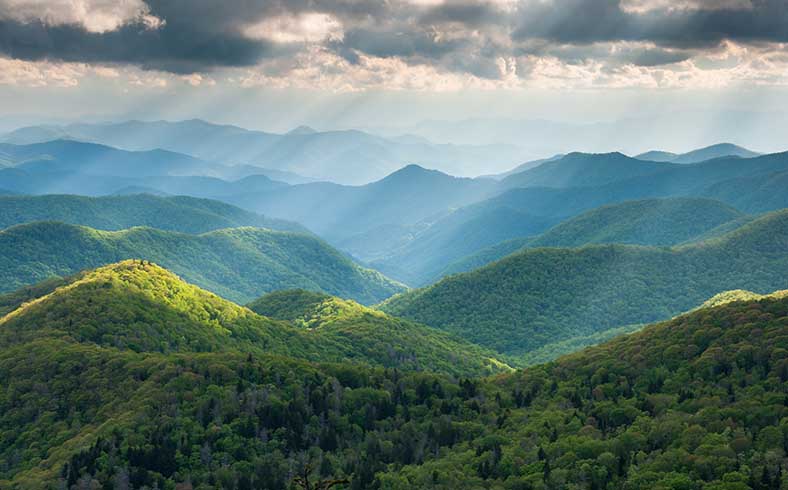
The eclipse briefly checks off Georgia and North Carolina during its 2017 visit, traversing the interconnected corner of the two Southeastern states around 2:34 p.m. and exiting eastern Georgia about five minutes later. The peaks of aforementioned Great Smoky Mountains National Park will offer elevated vistas, although expect crowds in what’s already the country’s most visited national park. The small mountain towns and communities north of Dahlonega, Georgia, will also provide a number of rural viewing spots in the path of the totality’s peak duration.
Where to view the solar eclipse in South Carolina
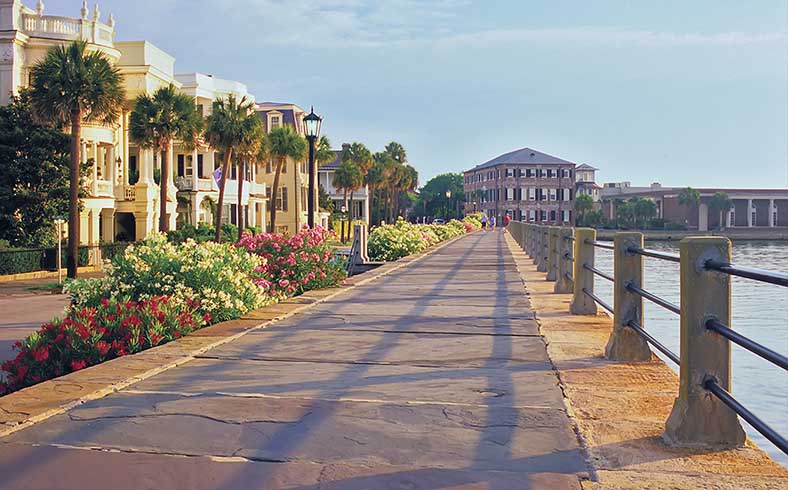
The 2017 solar eclipse will make its continental U.S. swansong through the heart of South Carolina around 2:40 p.m. and 2:49 p.m. Eastern time, sailing off into the Atlantic by way of Charleston. The city’s Go Dark Charleston festival will offer events including viewing parties, a special minor league baseball game at the Charleston RiverDogs home field and coastal kayaking trips to bid farewell to this once-in-a-lifetime wonder.
Check out the video below for a cool animation of the solar eclipse’s 2017 journey across the United States!
